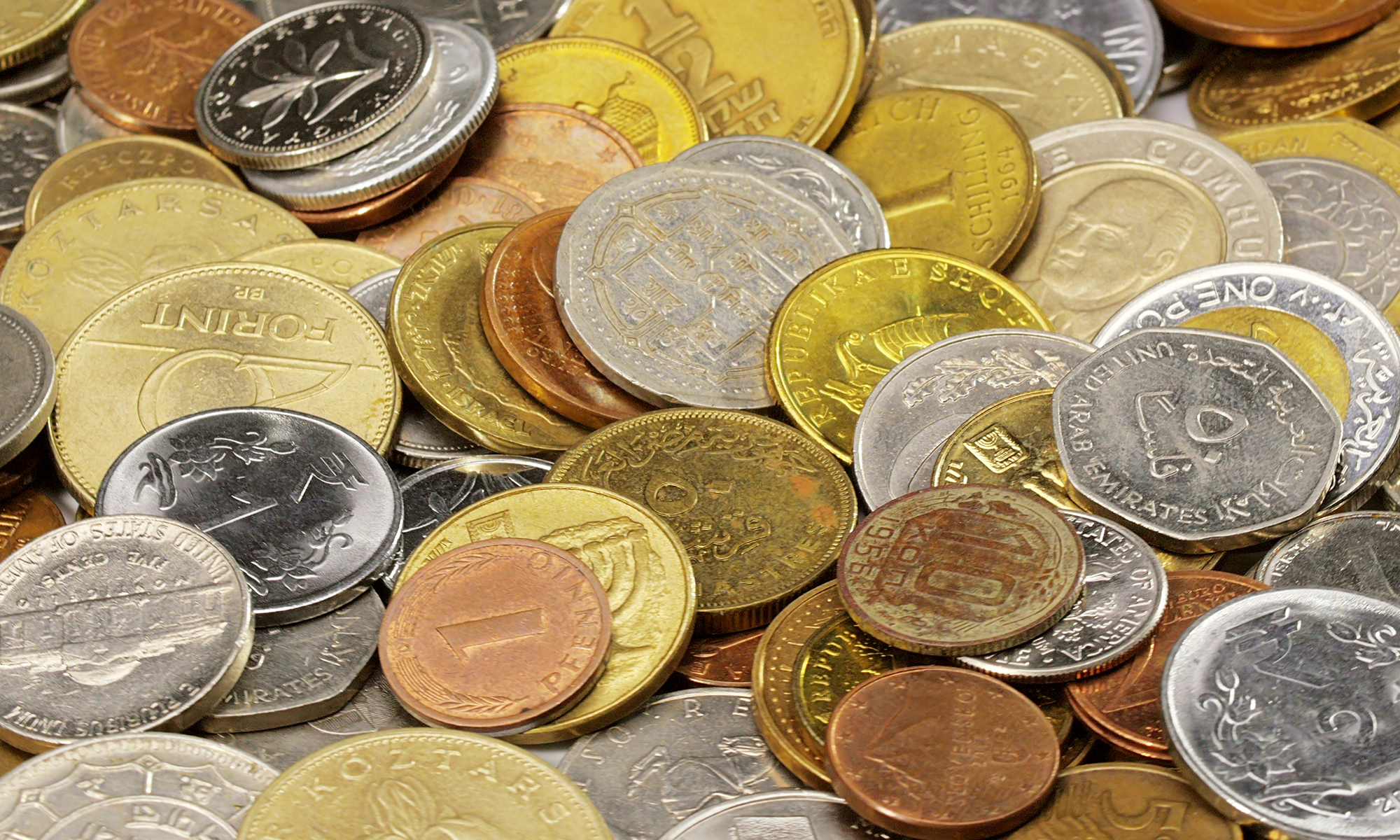Of all the coins in circulation when America was a brassy, young country, only 20 have achieved a valuation of a million dollars or more. Of those 20, the most highly valued are the Brasher Doubloons. According to the PCGS Million Dollar Coin Club, the seven known Brasher (pronounced bray-zher) Doubloons, plus a Brasher Half-doubloon, could fetch between a million and five million dollars depending on the individual coin. What makes these gold pieces so rare and extraordinary?
First, What’s a Doubloon?
As the European involvement in the New World expanded, trade with gold and silver coins grew, as well. But minting the precious metals remained a difficult and somewhat spotty activity, with most coins struck rather haphazardly at the mine. However, the Spanish developed a system of coins that became a known and acceptable standard.
It starts with the real (pronounced reh-all, Spanish for “royal”). An eight-real silver coin weighing roughly one ounce. They could be cut into eighths (Pieces of Eight) since an ounce of silver in those days had the purchasing power today of about $100.
The year 1535 saw the introduction of the Spanish escudo, a one-eighth-ounce gold coin valued at 16 reals. A two-escudo coin, quarter ounce, was called a doblón, meaning “double.” English speakers came to call it a “doubloon.” Doubloons satisfied a deep economic need in the colonies due to their standardized weight and purity, making them a popular currency, emulated by many minters.
Who Was Ephraim Brasher?
After the War of Independence, George Washington became a neighbor to a renowned jeweler, Ephraim Brasher, on Cherry Street. More than a silver and goldsmith, Brasher also enjoyed the reputation of an honest and competent assayer. People brought their coins and precious metal objects of questionable authenticity to Brasher. Once assayed and found to be genuine, he stamped his initials onto the item. Folks rightfully trusted the EB stamp.
The Brasher name eventually spread into a network of fine jewelers around the world which are now owned by Finlay Enterprises, Inc.
Why Only Seven (and a half) Doubloons?
Before Congress established the U.S. Mint with the Coinage Act of 1792, states could, and did, mint their own coins. Brasher desired a franchise to strike copper coins for New York, but the state decided to avoid the copper coin market. Perhaps they would be interested in gold coins, then? In 1787, Brasher designed and struck several coins to compete with the variety of doubloons in circulation.
While the number of original Brasher coins remains unknown, seven doubloons and a half-doubloon survive. Because each coin has a slightly different design, it seems reasonable to suspect that each was a prototype to determine which might have the greater appeal. The full doubloons feature an image of the sun rising over a mountain with the sea in front (taken from the New York state seal); an eagle with olive branches in one talon and arrows in the other; a slightly altered national motto, “Unum E Pluribus;” “Nova Eboraca, Columbia,” Latin for “New York, America;” and somewhere on the coin his iconic EB stamp. Brasher used 22-carat gold for his creations.
Although the Coinage Act put an end to state-issued coins, these seven and a half Brasher Doubloons live on as some of the rarest coins of Brasher’s era. Adding one to your collection may never happen, but it’s always smart to add gold bullion at today’s prices. Roswell Gold, Silver & Coin offers many types of bullion coins and bars. We can also help you search for more obtainable rare coins for your numismatic collection. Stop by today!
